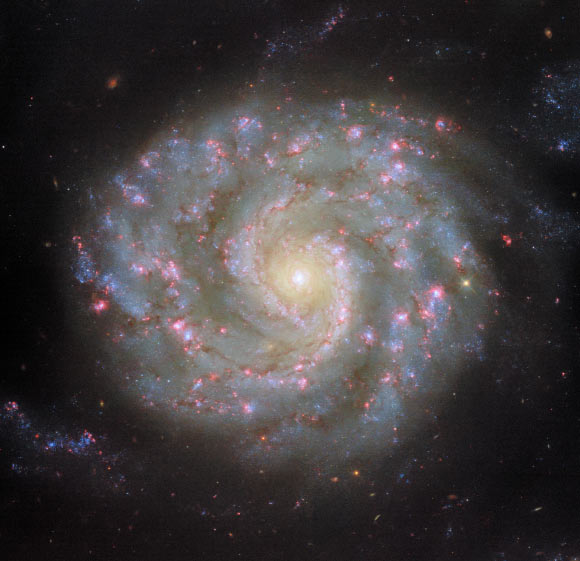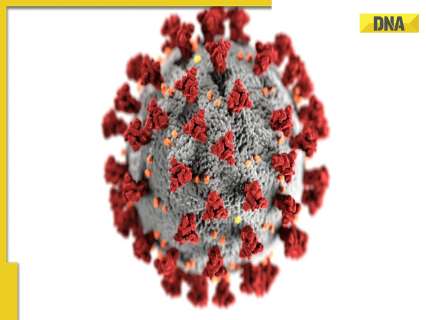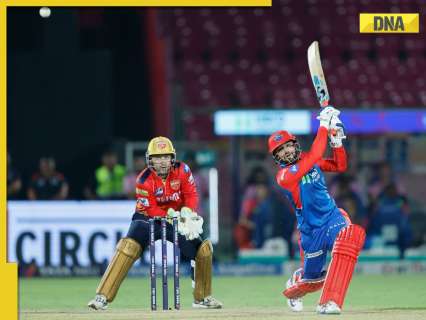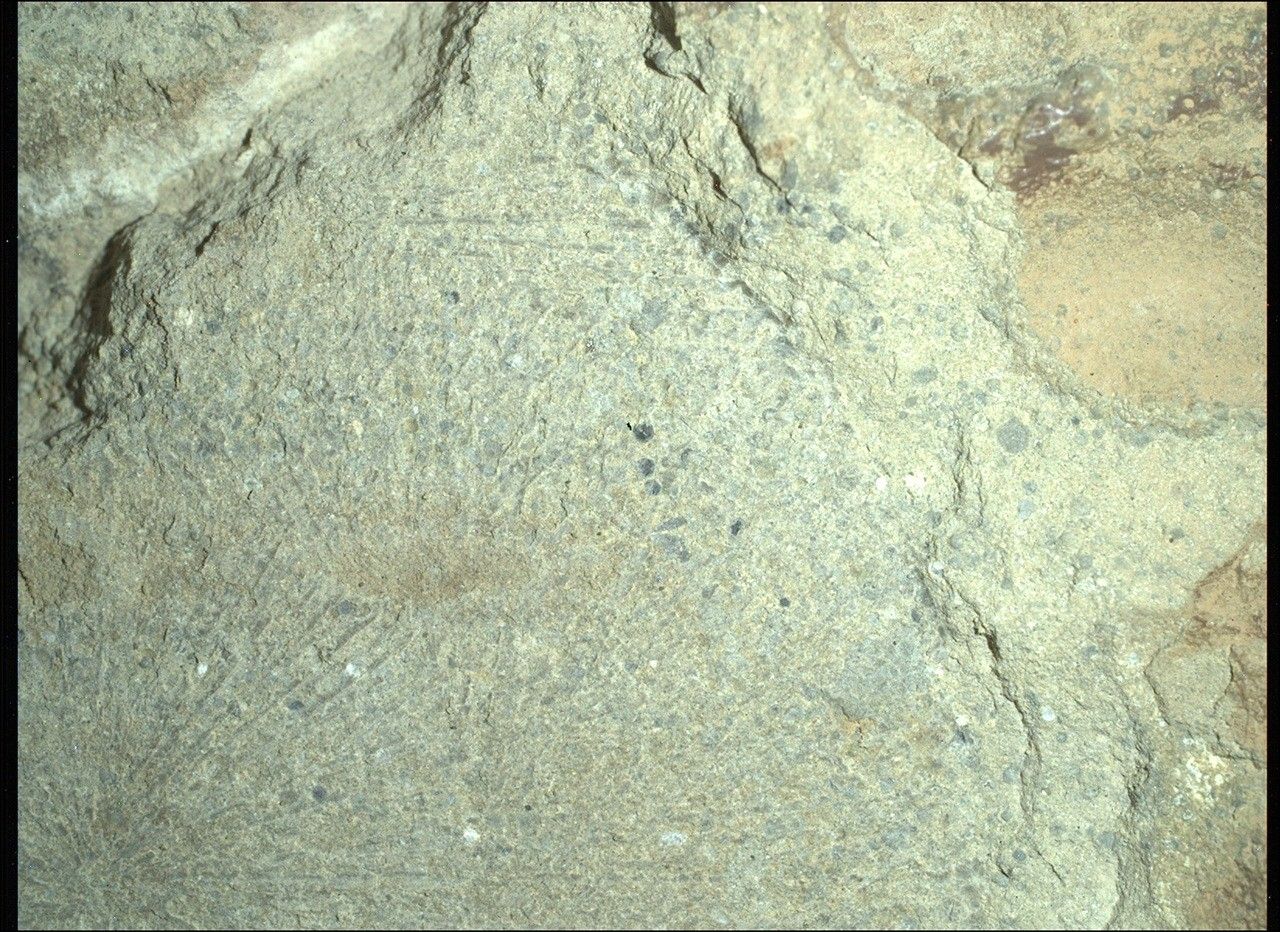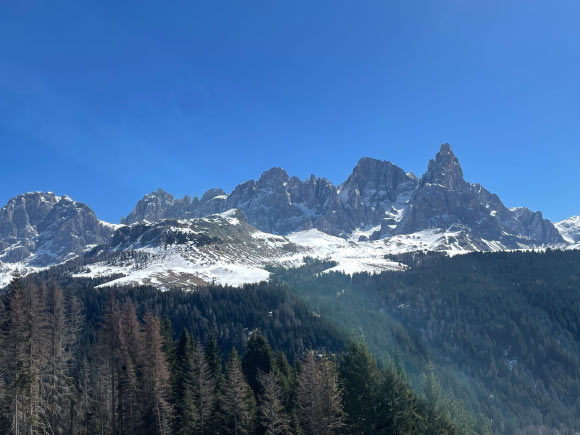A beautiful new photo from the NASA/ESA Hubble Space Telescope shows the spiral galaxy NGC 3596.
This Hubble image shows NGC 3596, an intermediate spiral galaxy some 90 million light-years away in the constellation of Leo. The color image is made up of observations from Hubble’s Wide Field Camera 3 WFC3) in the ultraviolet, near-infrared, and optical parts of the spectrum. It is based on data obtained through six filters. The color results from assigning different hues to each monochromatic image associated with an individual filter. Image credit: NASA / ESA / Hubble / D. Thilker.
NGC 3596 is located approximately 90 million light-years away from Earth in the constellation of Leo.
The galaxy was discovered by the German-British astronomer William Herschel on April 8, 1784.
Also known as LEDA 34298, UGC 6277 or HIPASS J1115+14, NGC 3596 is a member of the Leo II groups, a series of galaxies and galaxy clusters strung out from the right edge of the Virgo Supercluster.
“NGC 3596 appears almost perfectly face-on when viewed from Earth, showcasing the galaxy’s neatly wound spiral arms,” the Hubble astronomers said in a statement.
“The bright arms mark where the galaxy’s stars, gas and dust are concentrated.”
“Star formation is also most active in a galaxy’s spiral arms, as shown by the brilliant pink star-forming regions and young blue stars tracing NGC 3596’s arms in this image.”
“What causes these spiral arms to form? It’s a surprisingly difficult question to answer, partly because of the remarkable diversity of spiral galaxies,” they said.
“Some have clear spiral arms, while others have patchy, feathery arms.”
“Some have prominent bars across their centers, while others have compact, circular nuclei.”
“Some have close neighbors, while others are isolated.”
“Early ideas of how spiral arms formed were stumped by what’s called the winding problem,” the researchers said.
“If a galaxy’s spiral arms are coherent structures, the arms would be wound tighter and tighter as the galaxy spins, until the arms are no longer visible.”
“Now, researchers believe that spiral arms represent a pattern of high-density and low-density areas rather than a physical structure.”
“As stars, gas and dust orbit within a galaxy’s disk, they pass in and out of the spiral arms.”
“Much like cars moving through a traffic jam, these materials slow down and bunch up as they enter a spiral arm, before emerging and continuing their journey through the galaxy.”


